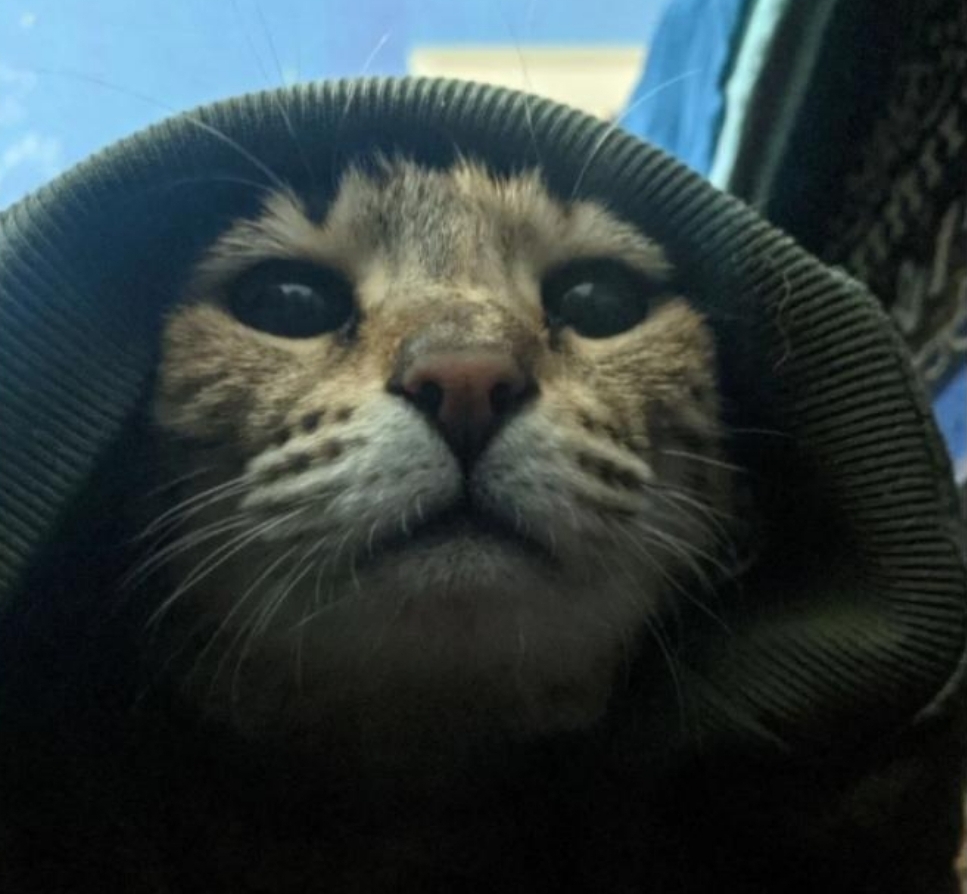I first thought it was a camera but there was no point, After some searching I found that these things could communicate optical, so that might be it, if so how do they work?
It looks like an infrared receiver.
The general principle of these tags is explained in the Wikipedia article about electronic shelf labels.
You have shown us a Pricer label.
FYI your account is labeled as a bot in your settings, which may make your comments and posts invisible to users who choose to hide bots.
Good bot
Very smart bot, almost seems like a human
I replied to another similar comment I think they’re using one of gpt4’ newer features. It allows image identification and has built-in bing searching. Neat tech!
Or is human. Hard to tell anymore. Welcome to the post truth world!
deleted by creator
It’s a neat implementation! Imagine having a little kiosk at the hardware store to help you find replacement parts… Fun
And yet labelled as a bot.
Perhaps we need an infrared thingy to change their label?
“Everyone on Lemmy is a bot except you”
See that little icon that looks like a little robot head? That’s the “bot label” that has been set on the account. It indicates that that particular account is being used by a bot. Perhaps it was set accidentally, but that’s what it’s for.

It would be almost trivial to implement an interface with an image identifier API and use that to provide correct links to relevant URLs. It looks like they’re probably using gpt4’s newer features.
Some of the stores near me have LEDs in the tags so if you’re looking for something and ask an employee they can look it up and turn on the light.
The price tag then flashes so you can find it easier.
A store near me (Canadian Tire) has them linked to their app - you find what you want in the app, go to the aisle listed and tap “find this item” and the LED flashes.
That’s a great feature, because their employees are fucking useless for knowing where things are.
Well most likely it won’t have any left on the shelf, especially if it were something listed in the weekly flyer.
The top white rectangle is a multi-color LED (presumably RGB). Can’t make out what’s in the bottom, but I wouldn’t be surprised if it was some form of light sensor for (literally) flashing new information onto the tag.
Yup. They use ceiling-mounted IR transmitters that are a bit like a big multi-directional TV remote control.
I’m pretty certain these ones use visible light, with ceiling-mounted LEDs. They flash at specific frequencies that are imperceptible to the human eye, but can be interpreted by the electronic shelf label. Here’s a whitepaper explaining the concept.
Source: for 20 or so years, I worked in technology for some of Australia’s largest retailers, and we tested a lot of these sorts of things in our labs. Very cool stuff.
They’re IR. Source: I have 5 Pricer labels sitting on the counter next to me.
Ah, fair enough. It’s been a long time since I clapped eyes on the test ones we had.
these ones use visible light
at specific frequencies that are imperceptible to the human eye
The light is visible, the flashing isn’t.
Hmm. They’re very common in NZ now, however it appears that document is talking about modulating the actual normal shop lighting, not just an independent transmitter.
I redid the electrical in a supermarket already fitted out with Pricer gear, and we went from dumb electronic-ballasted fluoros to dumb-driver LEDs, no DALI and certainly no comms uplink or modulation smart enough for that. I’m aware that the document suggests power-line communication to the drivers, but these were off the shelf dumb drivers/ballasts.
The ceiling mounted Pricer transceivers would have been doing all the transmitting, and as I never saw any visible light coming out of them, and the HF ripple and instability from the shop lighting would have been significant, I think it’s pretty safe to say they were using some form of IR.
My off the cuff thought is that it may be used to change the content on the tags. Show it a specific QR code and it updates the content.
They cynical side of wants to believe that it’s being used to gather shopping analytics and correlate it to facial data.
These run on coin cells and have very little power. It is literally just an IR receiver.
Not everything is there to spy on you.







